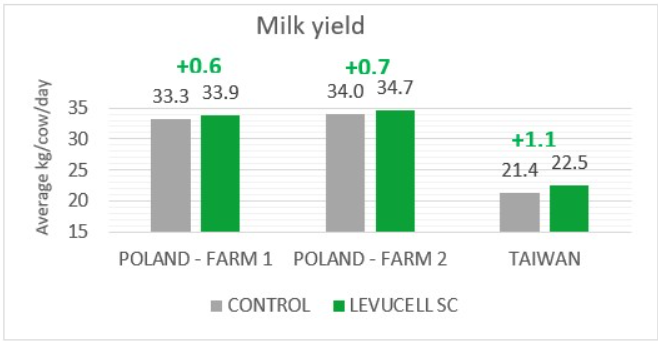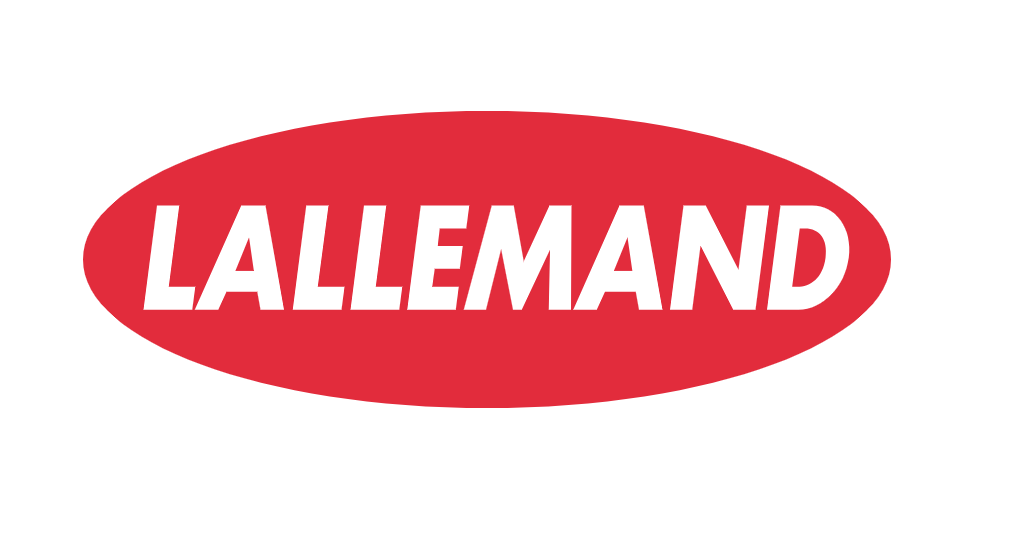



Behavioral indicators of heat stress can help adapt management and nutritional strategies
Polish and Taiwanese example of improved milked performance and behavior using a specific nutritional toolEach year, global temperature benchmarks are surpassed, leading to notably longer and hotter summers. This poses a challenge for ruminants, which are inherently vulnerable to heat due to the substantial warmth generated by rumen fermentation. For example, when the temperature-humidity index (THI) exceeds 68, indicating "moderate to severe" heat stress, it is common for dairy cows to consume less feed and experience rumen disturbances. Ultimately, this negatively impacts milk production.
Heat stress is not exclusive to regions with extreme temperatures; it can affect ruminants worldwide. For instance, a THI of 68 can be reached when a temperature of 21.7°C is combined with a humidity of 55% . This article will focus on dairy cows findings.
Heat stress can be linked to rumen microbiota and lead to Sub Acute Ruminal Acidosis (SARA)
Researchers have documented that heat stress detrimentally impacts dairy cows ' health status and milk yield, with the gut microbiome playing a crucial role in mediating these adverse effects (Zhao et al., 2019). Additional research (Sammad et al., 2020) noted that heat stress increases the risk of rumen acidosis in dairy cows, a condition characterized by a drop in ruminal pH due to an elevated concentration of lactic acid. This acidic environment in the rumen can lead to a decrease in fibrolytic bacteria, resulting in reduced fiber digestibility. These interconnected studies collectively underscore the importance of managing heat stress to help maintain the health and productivity of dairy cows. Therefore, the producers needs strategies that mitigate the negative impacts of high temperatures on the gut microbiome.
With heat, cows’ behaviour is also altered on pastures
A recent publication (Holinger et al., 2024) shows cows change their behavior when grazing during high THI periods. In the trial, made in Swizterland, the average THI was 71. To adapt to the heat, cows change their daily behavioral pattern with less lying time, more activity and decreasing distance between animals. As temperatures increase, cows tend to cluster together in shaded areas and show heightened activity. This surge in movement may be attributed to avoiding insects that came with hot weather or a drive to maintain close contact with the herd.
Focusing on water intake, recent studies on bovine behavior (McDonald et al., 2020) indicated that cows exhibit peak water intake and competition at the trough during the early morning and late afternoon hours. These observations inside housing were consistent with grazing observations where cows tended to gather near water sources in the morning on hot days but not in the afternoon, likely due to the rise in THI around midday.
Monitoring temperature and humidity inside — but also outside — can help adapt management practices and reduce the negative effects of high temperature on production. Behavioral measurement and looking at visible signs of rumen discomfort can be another way to monitor heat stress.
To help reduce the impact of heat stress, nutritional tools can help
The rumen-specific live yeast strain, Saccharomyces cerevisiae CNCM I-1077 (LEVUCELL SC), has been shown to mitigate production declines during periods of heat stress.
This live yeast, specifically selected for its efficacy in ruminants, has been chosen for its action supporting fibrolytic microorganism communities. Research in Florida showed that cows had improved rumination activity and increased rumen pH from 5.99 to 6.33 when fed S. cerevisiae CNCM I-1077.
In addition to published studies, Lallemand Animal Nutrition bolstered its "from science to field" research on milk yield under heat stress by conducting two new studies. These studies assessed the performance of cows supplemented with the live yeast against control groups under two different climates: one in Poland, spanning 82 days under moderate heat stress (maximum 13h/day, THI > 68) and another in Taiwan where cows endured 48 days of continuous moderate –to-severe heat stress (48 days, 24h/day THI > 68).
Cows in Poland experienced an elevation in average reticulum pH by 0.17 points, rising from 6.06 to 6.23. In Taiwan, there was a notable increase of 0.06 points, elevating the pH from 5.84 to 5.90. Higher ruminal pH levels correlate with a decreased risk of SARA, showing that S. cerevisiae CNCM I-1077 can help maintain rumen health and sustained feed consumption during stressful periods.
Sustaining milk yield
Consistent with the pH findings, milk production also saw an uptick in both research trials. As depicted in Figure 1, the average milk yield per cow per day was 0.65 kilograms higher on Polish farms and 1.17 kilograms higher on Taiwanese farms, compared to control animals.

Figure 1: Milk yield measurement in Poland and Taiwan, 2021
Indicators of animal well-being during heat stress
A growing body of research proves that high temperature alters cows’ behavior. Reducing heat stress can be accomplished through monitoring, management techniques and nutritional supplements. LEVUCELL SC supplementation can help mitigate heat stress due to altered behavior and support maintenance of milk performance. In Taiwan's climate of significant heat stress, cattle receiving the live yeast supplement exhibited signs of improved welfare. Notably, there was a 40% increase in rumination behavior, an indicator of contentment.
Another visible parameter measurement was a 22% rise in the proportion of cows achieving favorable body condition scores (above 3), which is beneficial for long-term reproductive success and performance.
Global heat stress impact assessment
To aid in evaluating the impact of heat stress on productivity, THI data are routinely gathered, contributing to a comprehensive global map. This resource is designed to offer insights into the varying degrees of heat stress experienced worldwide and the corresponding production challenges. CLICK HERE to see what heat stress looks like in your area!
| References | ||||
|---|---|---|---|---|
| M. C. Perdomo, R. S. Marsola, M. G. Favoreto, A. Adesogan, C. R. Staples, and J. E. P. Santos. 2020. Effects of feeding live yeast at 2 dosages on performance and feeding behavior of dairy cows under heat stress. J. Dairy Sci. 103:325–339 | ||||
| Kim SH, Ramos SC, Valencia RA, Cho YI, Lee SS. 2022. Heat Stress: Effects on Rumen Microbes and Host Physiology, and Strategies to Alleviate the Negative Impacts on Lactating Dairy Cows. Front Microbiol. 28;13:804562. doi: 10.3389/fmicb.2022.804562. | ||||
| Mirjam Holinger, Verena Bühl, Manuela Helbing, Lena Pieper, Sabine Kürmann, Alice Pontiggia, Frigga Dohme-Meier, Nina Keil, Stefanie Ammer. 2024. Behavioural changes to moderate heat load in grazing dairy cows under on-farm conditions. Livestock Sci. 279:ISSN 1871-1413. https://doi.org/10.1016/j.livsci.2023.105376. | ||||
| Poland and Taiwan, Commercial farms, 2021. Internal Lallemand Animal Nutrition Data | ||||




